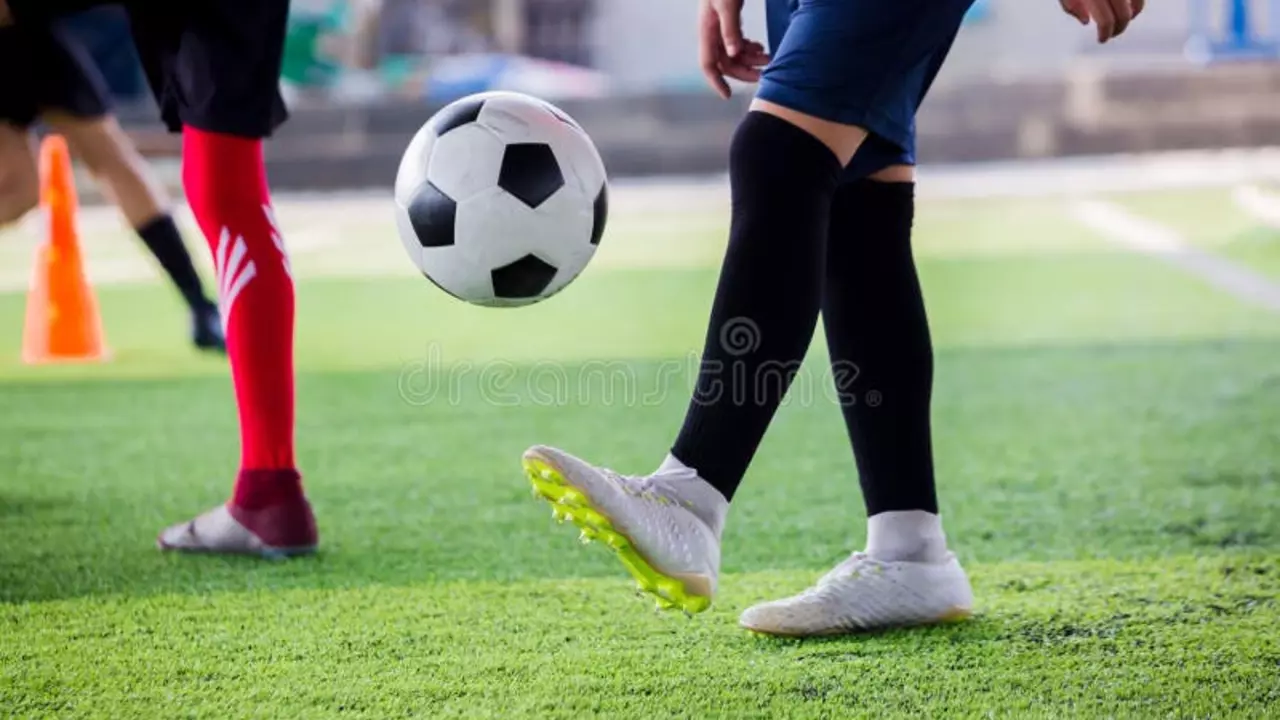Ball Control: Simple Ways to Improve Your Soccer Skills
Ever felt the ball slip away at the worst moment? You’re not alone. Good ball control is the foundation of every great player, and the good news is you can get better with a few easy habits. Below are practical drills and habits you can start today, whether you’re playing in a park or training with a team.
1. Keep the Ball Close
The first rule is to keep the ball close to your feet. When you’re walking or jogging with the ball, use light touches – think of the ball as a friend you don’t want to lose. Try the “inside‑outside” drill: move forward a few steps, tap the ball with the inside of your right foot, then immediately with the outside of the same foot. Switch legs after 10 touches. This builds muscle memory for quick changes of direction.
2. Use Both Feet
Most players favor one foot, but relying on one side limits your options. Spend five minutes each session hitting the ball with only your weaker foot. Start with simple passes against a wall, then add a few dribbles. You’ll notice you’re less vulnerable when a defender forces you onto the other side.
3. Practice Under Pressure
It’s easy to control the ball in an empty field, but games are noisy and fast. Add a “shadow” player – a friend or a cone that moves around you. Try to keep the ball close while the shadow tries to steal it. The goal isn’t to win every challenge, just to stay calm and keep the ball in your control zone.
Another tip is to use “tight spaces.” Set up a small square with cones (about 5 yards wide) and dribble inside it. The limited space forces you to make quick, short touches, which translates to better control during crowded match situations.
4. Focus on Body Position
Your body should be low, with knees bent, when you receive the ball. This stance gives you balance and makes it easier to change direction. When you’re about to pass or shoot, keep your eyes up – looking at the ball too long can slow you down. A quick glance at the field, then a swift touch, is the sweet spot.
5. Add Fun Challenges
Training doesn’t have to be boring. Try “cone knockout”: set a line of cones and dribble through them as fast as you can. If you knock a cone over, you restart. It’s a quick way to test both speed and control.
Another favorite is “one‑touch volley”: have a partner toss the ball to you and you return it with one foot. This improves your reflexes and forces you to use softer touches.
Remember, consistency beats intensity. A short 15‑minute ball‑control routine three times a week beats a long session once a month. Keep a simple log of what you practiced – a few lines after each session helps you see progress and stay motivated.
Ball control isn’t a secret talent; it’s a habit you build step by step. Use these drills, stay patient, and you’ll notice the ball staying with you longer, giving you more time to make the right pass, shot, or move. Get out there, have fun, and watch your confidence grow on the pitch.



